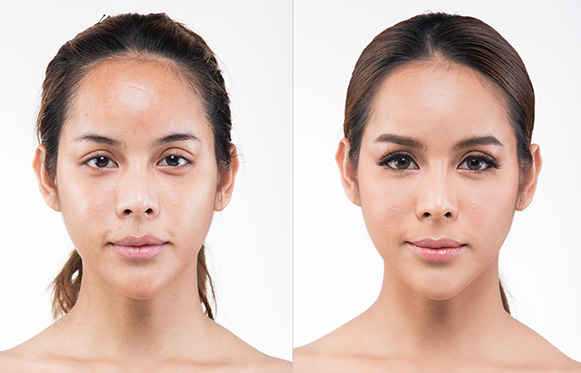Tattoo Removal
 Did your tattoo seem attractive in your 20s but not so attractive today? Or is your tattoo a permanent reminder of what was just a temporary feeling? If so, you are not alone! That change of heart, or feeling of regret, is the #1 reason why people seek tattoo removal.
Did your tattoo seem attractive in your 20s but not so attractive today? Or is your tattoo a permanent reminder of what was just a temporary feeling? If so, you are not alone! That change of heart, or feeling of regret, is the #1 reason why people seek tattoo removal.
Fortunately, de-inking has progressed from a so-so, time-consuming process to a much faster, safe and effective method. Finally, that unforgettable tattoo can become forgotten with the most advanced laser tattoo removal technology available in the market—enlighten™.
Frequently Asked Questions
Introduced in 2014, enlighten™ is the most advanced laser system for the effective and safe removal of tattoos and benign pigmented lesions.
enlighten features extremely short and high-power picosecond laser pulses which efficiently and quickly break down the ink particles in tattoos. A 'picosecond' is one-trillionth of a second, and is 1,000 times shorter than the 'nanosecond' pulses used in existing lasers for tattoo removal. Picosecond laser pulses have been shown to remove tattoos more completely and in fewer treatment sessions than traditional lasers.
The total number of treatments vary depending on the composition, depth and the color of the ink, as well as the size of the tattoo. You should be prepared for multiple treatment sessions, and your provider can give you a better idea of the total number of treatments needed during your consultation and once your treatments begin.
Tattoo ink is deposited deep in the skin. In order to reach all of the ink in the skin, multiple treatment sessions are needed for clearance. Depth, size and color of the tattoo also impact the number of treatments needed.
In many cases, yes. However, it is very important to know that some ink colors are more difficult to clear than others. Consult with your enlighten provider to determine if enlighten is right for you.
Patients compare the procedure to a rubber band being snapped against their skin. Topical or local anaesthetics may be available from your provider to minimize discomfort.
Most patients experience redness and swelling immediately following the treatment. These side effects are temporary.
Patients can return to regular activities immediately following the treatment.






